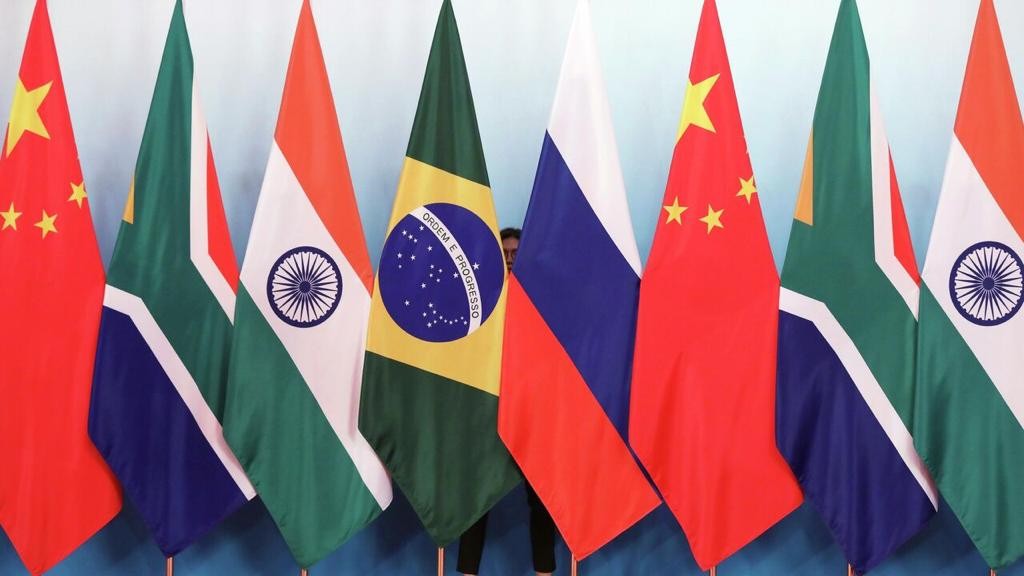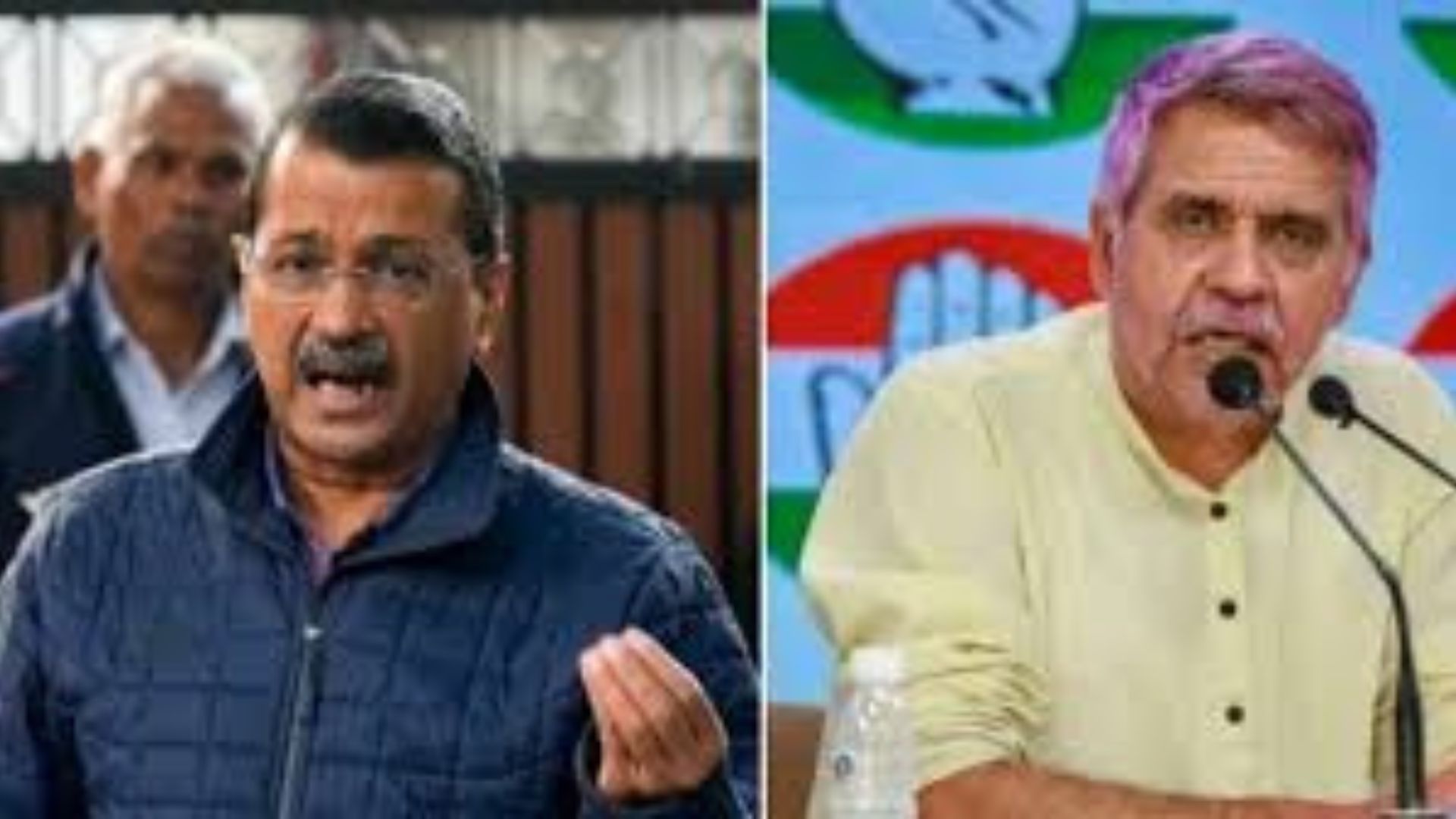The 16th meeting of the councils of the head of the Government of BRICS organization is being held in Kazan city of Russia from 22 to 24th October 2024 under the presidency of Russia being the host country.
The theme for the BRICS Summit 2024 is Emerging Technologies and Sustainable Development. The BRICS summit in Kazan is likely to strengthen Economic Cooperation, Reforming Global Financial Systems, boost trade, and sustainable development in the fields of technology, health, green energy education, environment protection, food for all, a proactive approach to Security and Counter-Terrorism mechanism, South-South Cooperation and Expanding Influence in Global South and overall cooperation among all member countries to ensure overall development of humanity and establishing a more equitable and fair world.
The concept of the BRICS was formulated by Chief Economist at Goldman Sachs, Jim O’Neill in a 2001 study entitled “Building Better Global Economic BRICs”. Based on this popular concept, a block of countries comprising Brazil, Russia, India, and China was founded in 2001. However, South Africa joined BRICS in 2010. (BRICS the Acronym of the first letter of all countries). The functionary of BRICS evolves upon three pillars of cooperation Security, economy, finance, culture, and people-to-people exchange with equality among all.
The first formal summit of BRICS was held in Yekaterinburg, Russia on 16 Jun 2009. South Africa attended its first BRICS summit in China in 2011. India has hosted and presided over the BRICS summit thrice in 2021,2016 and 2012 respectively. The Fortaleza Declaration was adopted at the 6th BRICS Summit in 2014, and it marked the establishment of the New Development Bank (NDB). The Contingent Reserve Arrangement (CRA), a financial mechanism was made with a total lending capacity of $100 billion to protect against global liquidity pressures and provide financial support to the member countries. Brazil, Russia, and India have contributed 18 Billion USD each and have Access to 18 Billion USD funds as well as 18 % voting rights. Whereas China has contributed 41 Billion USD, can have access to 21 billion USD, and carries maximum voting rights of 39.95 %. The Ufa Declaration of BRICS was adopted at the 7th BRICS Summit held in Ufa, Russia pertains to global governance, international security, and economic cooperation.
In the last decade, the BRICS countries Brazil, Russia, Iran, China, and South Africa Worked too hard to develop a new block dominated by South Eastern countries of the globe and to be seen in the future as a strong alternative to the Western block which emerged after the Second World War. The establishment of a new Development Bank and contingency reserve agreement happens to be a Landmark step in providing an alternative platform to SWIFT, a global network that facilitates secure and fast financial transactions between banks and other institutions and an inching step towards the de-dollarization of the banking system. The BRICS group represents 30 % of the world’s economy and about 40 percent of the world’s population. The combined GDP of BRICS countries exceed USD 60 trillion surpassing that of the G7 countries. Hence BRICS may develop as a strong and alternative system in the world to counterweight the dominance of Western-led forums like the Group of 7 and the World Bank.
However, demographic rivalries, border disputes between India and China, and Chinese actions to dominate the Global South through heavy investment and BRI projects remain a hurdle to the growth of the BRICS. China has put efforts to check and balance the growing influence of India, Brazil, and South Africa in this sphere of global functionaries. Undoubtedly the growth and growing influence of BRICS countries pave the way for future expansion and reorganization of the UN Security Council.
The 16th BRICS Summit in Kazan in Russia is the first Summit after the expansion of BRICS last year with the inclusion of Argentina, the UAE, Egypt, Ethiopia, Saudi Arabia, and Iran. The Summit has significant relevance being held in Russia and President Putin will be attending the very first multi-national global meeting since the commencement of the ongoing Russia-Ukraine conflict in February 2022. The summit will have the shadow of multiple ongoing unrests and conflicts the world over, especially in Middle East Asia, the South China Sea, and Eurasia regions leading to strategic turmoil and fluctuations in the global economy due to rising inflation and interruption in the production and supply crude oils and other essential commodities.
The any International Summit like BRICS carries a lot of opportunities for bilateral dialogues among member countries on the sideline of the main Summit. Such bilateral talks are of immense diplomatic importance.
The presence of three giant global leaders, PM Modi, President Putin, and Chinese Premier Xi Jinping, marked the BRICS summit as a highly relevant platform and was drawing huge attention worldwide.
The just concluded agreement to settle down four years four-year-long dispute in eastern Ladakh along the LAC has ensured the first-ever bilateral meeting between the heads of government of India and China. India is looking forward to negotiating with China to improve bilateral trade by reducing the trade deficit by enhancing exports to China as well as to make a mechanism to settle border disputes at the earliest.
India is expecting to improve its partnership with Russia, especially in the domain of defence production, maintenance, supply of spare parts space, cyber and trade commodities. India›s role in the resource-rich Russian Arctic region and Northern Sea Route (NSR), building four non-nuclear icebreakers for Russia as well as the training of Indian sailors for polar navigation, are likely to be important agendas for the discussion with Russia during the bilateral summit.
In the same manner, the bilateral dialogue between President Putin and Premier Xi Jinping on the sidelines of the summit is going to be very crucial. The presence of Iran and UAE is going to be highly relevant in terms of the Middle East crisis and futuristic peace process.
PM Modi has emerged as a most powerful and world-accepted statesperson who is being considered a big catalyst to negotiate as an interlocutor to trigger the peace process and ensure its finality to the tune of the best possible and amicable finality of widest acceptance. solution to any crisis-thaw conflicts. Hence there is a strong possibility that the Kazan summit will provide suitable direction to the peace process in the Middle East as well as in the Eurasia region.
China and Russia have been key players in BRICS since its inception and formation in 2001. The basic intent of BRICS revolved around acting as a sustainable force to compete with NATO and US-dominant strategic and financial institutions as well as to stand tall before the military alliance of NATO. However vast diversity among BRICS countries, and inter-country conflicts of interest on geopolitical, military, trade, and other issues such as proximity to the western block by some BRICS countries will remain the biggest roadblock. Despite such problems, BRICS is slowly growing and following the right track.
Major General J.K.S. Parihar, Sena Medal, Bar to Vishisht Seva Medal (Retd.)
Former Additional Director General, AFMS and Expert on Defence and International Strategic Affairs







